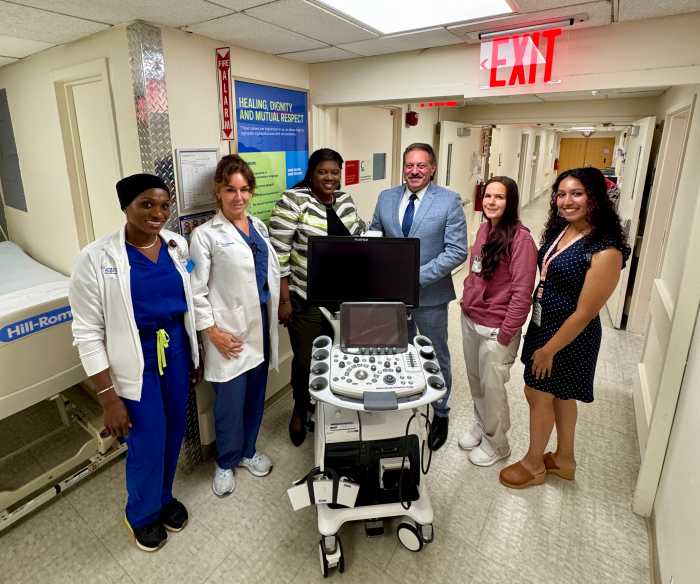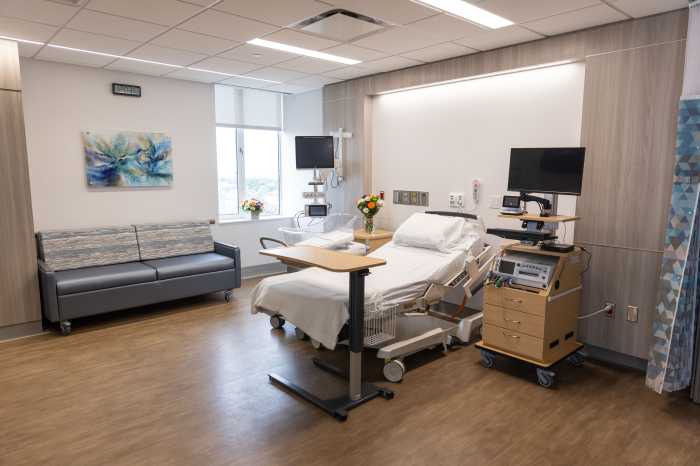By The Times/Ledger
In a series that began in last week's edition, the Times/Ledger exams the problem of overcrowding in the public schools of Queens. The unavoidable conclusion to be drawn from this series is that a situation that is already unacceptable will reach a crisis level in the next seven years.
Barring a dramatic and unforeseen intervention, by the year 2007 the public schools in Queens will be operating at 141 percent of their capacity. In District 24, the schools may be operating at 170 percent capacity.
What is uncovered in this series is not news to the bean counters at the Board of Education or to the legislators responsible for Queens. Unlike natural disasters such as floods or earthquakes, the looming disaster in the public schools should take no one by surprise. But the Band-Aids used to solve the current overcrowding will not work when our schools reach 140 percent capacity. We will not be able to squeeze enough temporary classroom trailers into our schoolyards. Gymnasiums, lunchrooms and bathrooms will not yield sufficient space to make sure that every child has a desk.
If history is any indicator of the future, the Board of Education will not find the political fortitude to avert the overcrowding crisis. In 1990, the Board of Education commissioned a study that accurately predicted the overcrowding that the school system is facing in the year 2000. The study projected that the overcrowding would be most severe in the Borough of Queens. Despite the warning, only 11 new schools were built in the last 10 years. History shows that time and time again ambitious five- and 10-year capital plans to build new schools have been reduced and ultimately neutered so that the money could be used to address more immediate problems. Faced with today's pothole and tomorrow's overcrowded school, most politicians will fill the pothole.
Ironically, it is the quality of the schools in Queens that has contributed to the enormous population growth in this borough. Families are moving to virtually every part of Queens because they believe it is a good place to raise their children. The influx has driven up property values and encouraged economic development.
Should the prediction in this series prove true, should we come to a point in Queens where we have only two desks for every three children in our public schools, the impact on quality of life will be disastrous. Families that can afford to will send their children to private schools. Other families will desert Queens for the suburbs where public school teachers are paid 25 percent more to teach children in bright, modern schoolhouses.
Government has no greater responsibility than to ensure that every child has the opportunity to obtain an affordable quality education. No one can pretend that funding for our public school system is adequate when our children are attending class in broom closets and bathrooms, when schoolyards are crowded with trailers, when parents camp out on cold sidewalks just to make certain that their child will be guaranteed a seat in the local kindergarten.
This is the shameful reality in the year 2000.By the year 2007, the situation will be many times worse. What will it take to convince Albany that this is a crisis in the making? Of what can Queens be proud if we cannot be proud of the opportunities that we provide our children? Will someone please tell the legislators in Albany that the creek is rising and time is running out!




































